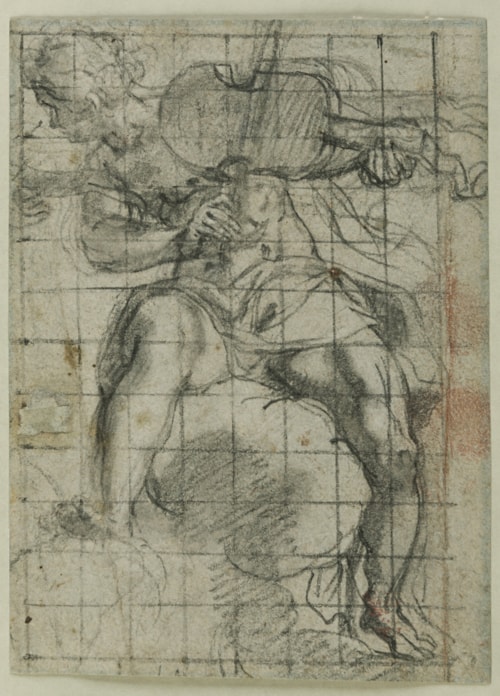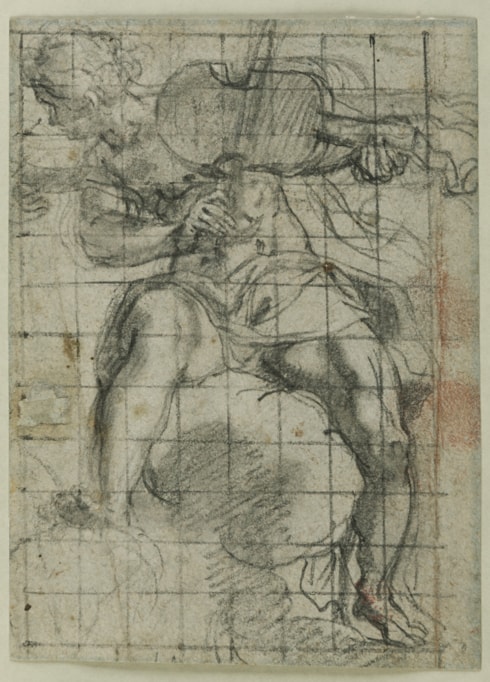
Andrea LILIO
Ancona c.1555 - Ascoli Piceno after 1635
Biography
Born in the Marchigian town of Ancona, the late Mannerist painter Andrea Lilio (sometimes Lilli) remains little recorded in contemporary documents. He is known to have been in Rome as a young man, labouring under the supervision of Cesare Nebbia on several fresco decorations commissioned by Pope Sixtus V in the 1580s. He seems to have spent much of his early career in Rome, where he also worked for Pope Clement VIII and contributed to the decoration of the Library, the Scala Santa and the apartments of Sixtus V in the Vatican. Elsewhere in Rome, Lilio painted frescoes in the nave of Santa Maria Maggiore and was active in the churches of San Giovanni in Laterano, San Francesco a Ripa, San Girolamo degli Schiavoni and the Gesù. To the early influence of the painter Ferraù Fenzoni, who was active in Rome at the same time, was added that of the Sienese artist Ventura Salimbeni and the Marchigian Antonio Viviani. In 1596 Lilio was admitted into the Accademia di San Luca in Rome, and his name appears in its records until 1601, and then again from 1613 onwards.
The artist returned several times to Ancona, where he painted a number of important works for local churches, as well as, in 1598, the temporary decorations for the entry of Pope Clement VIII into the city. Lilio was active elsewhere in the Marche, although he seems to have always maintained a studio in Rome. In 1613 he painted a Madonna of Loreto with Saints for the church of San Francesco alle Scale in Ancona. Late in his career he also created a number of designs for allegorical prints, commissioned by some of the leading noble families in Rome. Lilio’s last known dated painting is an altarpiece of The Crucifixion, painted in 1631 for the church of San Giovanni Battista in Ancona. The date of the artist’s death is unknown, although the contemporary painter and art historian Giovanni Baglione noted that he died in Ascoli Piceno while working on a project that was left unfinished; these are presumably the lunette frescoes of scenes from the life of Saint Benedict in the cloister of the church of Sant’Angelo Magno, which were executed sometime in the 1630s.


